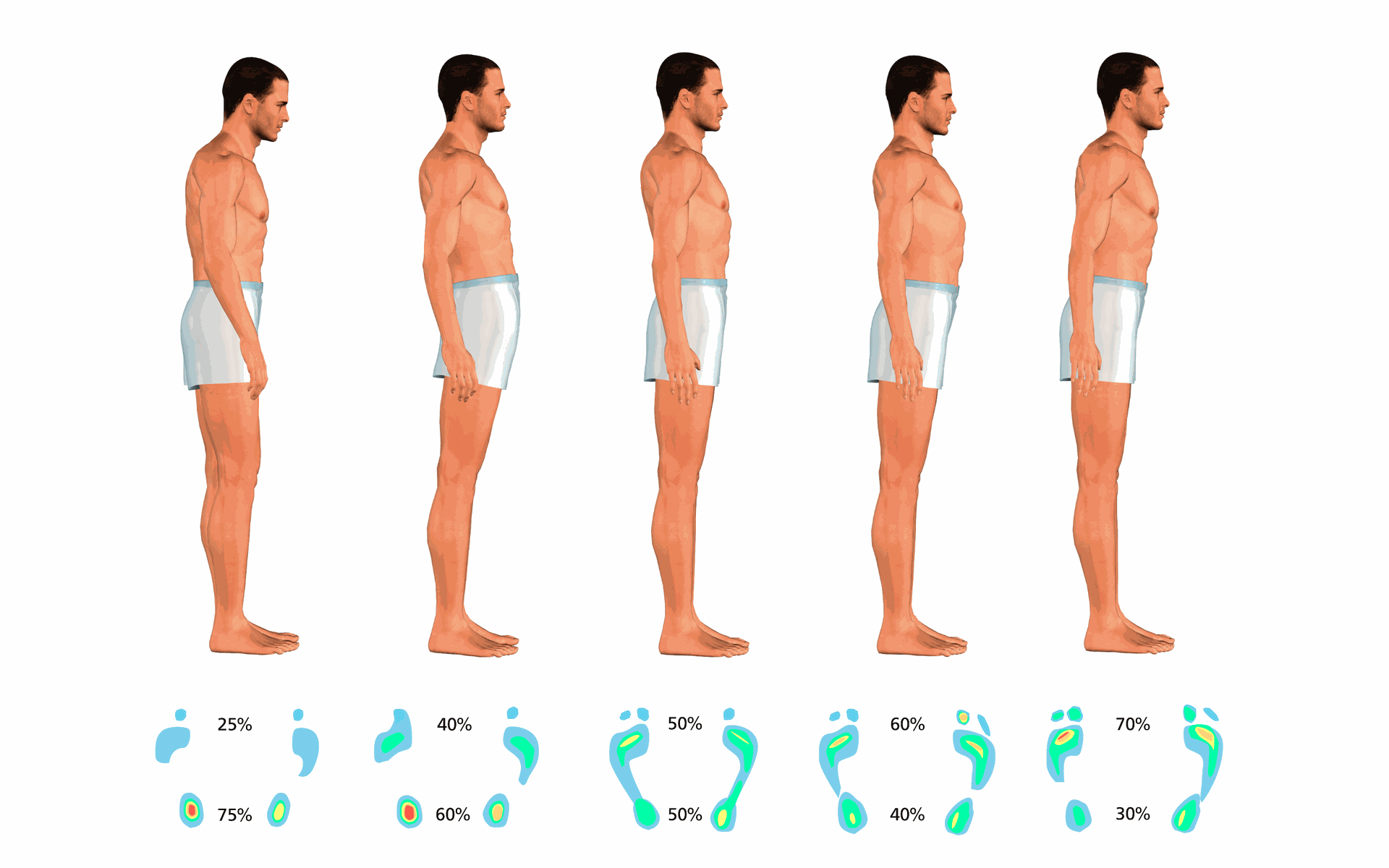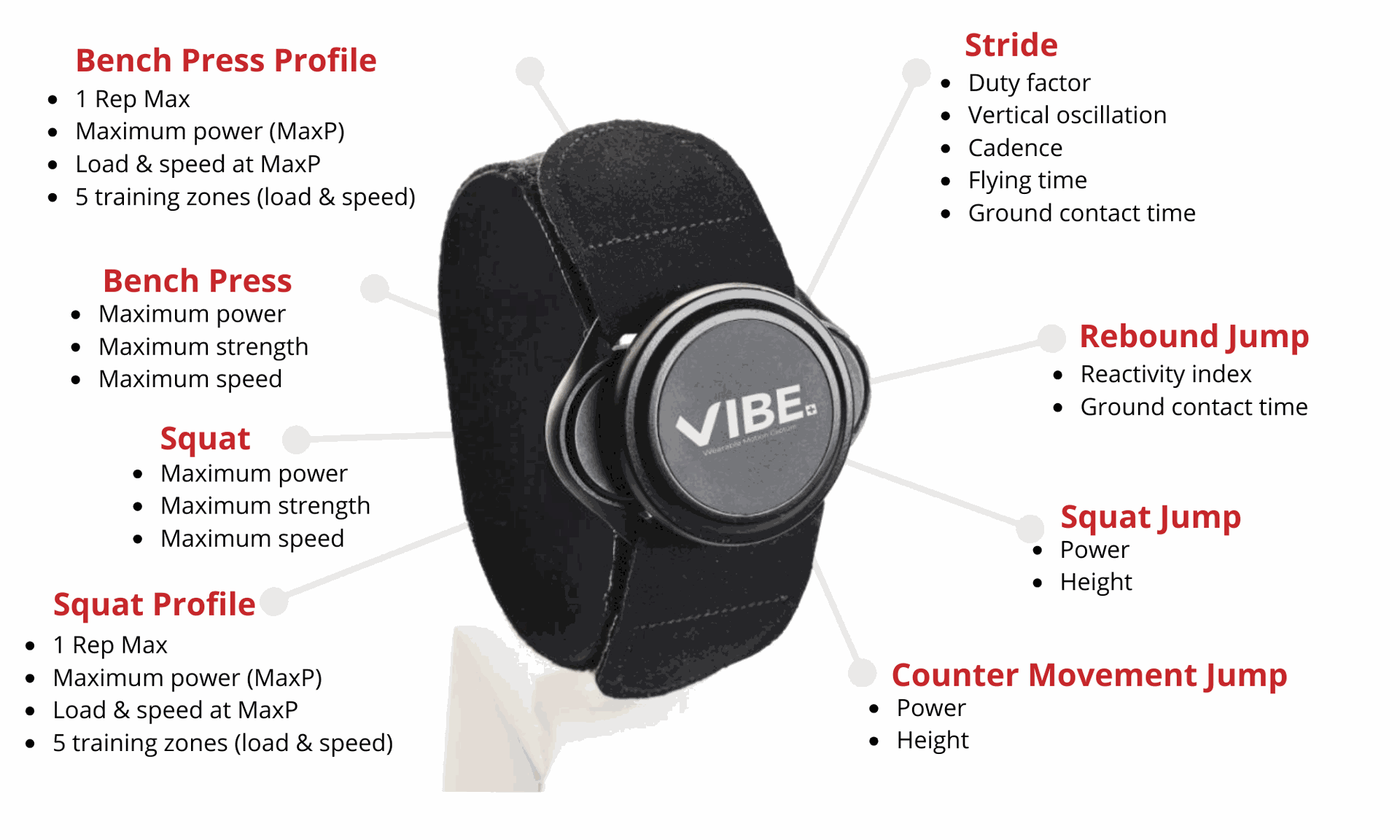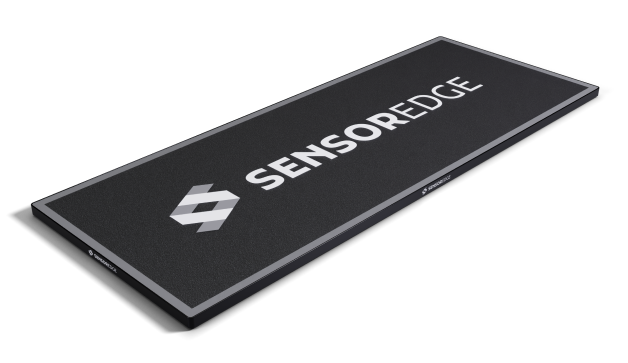The use of ground reaction force (GRF) in baseball biomechanics has gained significant attention in recent years. Many coaches, researchers, and organizations emphasize the magnitude of GRF, assuming that greater force production translates directly to improved performance. However, this approach often oversimplifies the reality of human movement. The Motor Preferences Volodalen Approach, which focuses on ground force time application, offers a more nuanced and effective way of analyzing force utilization. This article will explore the limitations of the traditional GRF approach in baseball and argue for a shift toward a more holistic model that integrates timing, physiology, and individual variability.
1. The Traditional Focus on Ground Force Magnitude
Most baseball biomechanics studies emphasize how much force an athlete applies to the ground during pitching and hitting. This approach is rooted in Newtonian physics, analyzing force magnitude, vectors, and impulse-momentum relationships. Research has shown that:
- Peak GRFs in the lead leg correlate with ball velocity in pitchers (PubMed).
- Greater leg drive is associated with higher wrist velocity, a key factor in pitch speed (PubMed).
While these studies establish a connection between GRF and performance, they fail to account for how force is applied over time, or the individual biomechanical differences that influence efficiency and injury risk. This means that while the current studies are providing real results, they are only partially correct because they do not consider individual physiological and anthropometric parameters that can drastically affect how forces are applied and utilized.
2. The Oversimplification of GRF in Baseball Culture
The belief that "more force is always better" has led many baseball programs to prioritize maximal force production without considering timing and sequencing. This binary perspective presents several issues:
- Overemphasis on Strength Training: Many players are encouraged to increase GRF through weightlifting, which does not always translate to improved movement efficiency.
- Lack of Kinetic Sequencing Awareness: High force application without proper timing can lead to energy leaks, reducing performance rather than enhancing it.
- Increased Injury Risk: Excessive force applied at the wrong time stresses the joints and can lead to overuse injuries.
Simply put, raw force output does not equate to optimized movement. Instead of a singular model, baseball should adopt contextual, athlete-specific approaches to training.
3. Reverse Engineering: The Danger of Treating the Body Like Plasticine
One major flaw in the current approach to baseball biomechanics is the tendency to reverse engineer movements based on biomechanical models, as if the human body were a moldable object. This mindset assumes that:
- There is one "ideal" movement pattern that all athletes should follow.
- Any deviation from this model is a deficiency that needs to be corrected.
- The body can be reshaped through imposed movement corrections, ignoring natural motor preferences.
This oversimplification forces athletes into mechanical movement patterns rather than allowing their bodies to function naturally. The result? Increased injuries and inefficient movement compensation patterns.
- Joint Stress: When forced into an unnatural movement, players compensate with excessive joint loading, leading to chronic injuries.
- Muscle Imbalances: Artificially altering movement patterns can shift stress to the wrong muscle groups, creating imbalances.
- Reduced Adaptability: Athletes trained under strict biomechanical models struggle to adapt to real-game variability.
Instead of imposing a singular movement model, baseball training must embrace individual biomechanical variability, allowing players to optimize force application in ways that suit their unique motor preferences.
4. The Lack of Physiological, Anthropometric and Neuromuscular Consideration in GRF Studies
One of the biggest weaknesses of GRF research in baseball is its failure to incorporate neuromuscular, biological and physiological variability. Most studies do not account for:
- Neuromuscular preferences: Athletes have inherent movement strategies that dictates how they generate force efficiently.
- Muscle Fiber Composition: Fast-twitch vs. slow-twitch muscle distribution affects power generation and endurance.
- Tendon Stiffness & Elastic Energy Storage: Some athletes rely on stored elastic energy rather than direct force application.
- Limb Length & Body Segment Proportions: Anthropometric differences influence force application and transfer.
- Foot Structure & Contact Patterns: Flat feet vs. high arches affect balance, propulsion, and energy return.
Because most GRF studies assume a one-size-fits-all model, they fail to provide meaningful individualized insights that could improve training effectiveness and injury prevention.

5. The Future of Force Analysis in Baseball: A Holistic Approach
For baseball biomechanics to progress, it must evolve beyond the simplistic "force equals performance" mindset. The next step in force analysis should involve:
- Integrating Neuromuscular Profiling – Understanding how an athlete’s nervous system, proprioception, cognition and motor control affect force application and timing.
- Combining GRF Data with Individual Physiology – Analyzing how muscle function, tendon elasticity, and limb proportions influence movement.
- Moving from Static to Dynamic Assessments – Evaluating force application in real-game scenarios, not just controlled lab conditions.
- Abandoning the Binary Model – Instead of saying "more ground force is better," trainers should ask, "how does this athlete use force most efficiently?"
By adopting an individualized, motor-preference-based approach, baseball training will become more scientifically valid, performance-enhancing, and injury-preventive.
Conclusion: A Call for Change
Baseball’s overemphasis on GRF magnitude is a result of oversimplified, physics-based thinking that neglects the biological reality of human movement. The Motor Preferences Volodalen Approach, which focuses on ground force time application, presents a more accurate and athlete-specific method for optimizing performance.
By moving beyond binary force models, baseball can unlock greater efficiency, improve player longevity, and enhance overall athletic performance. The sport’s future lies in integrating biomechanics with physiology, motor preferences, and force timing, rather than blindly pursuing higher force outputs.
Furthermore, the integration of advanced technological tools like the Vibe and Sensor Edge pressure plates offers new possibilities for confirming motor patterns. These tools provide precise data on ground force application and timing, enabling trainers to validate and refine training programs tailored to an athlete's unique biomechanics.


It’s time for baseball to stop forcing players into a single mechanical model and start training them based on their unique movement patterns.
Baseball’s overemphasis on GRF magnitude is a result of oversimplified, physics-based thinking that neglects the biological reality of human movement. The Motor Preferences Volodalen Approach, which focuses on ground force time application, presents a more accurate and athlete-specific method for optimizing performance.
By moving beyond binary force models, baseball can unlock greater efficiency, improve player longevity, and enhance overall athletic performance. The sport’s future lies in integrating biomechanics with physiology, motor preferences, and force timing, rather than blindly pursuing higher force outputs.
It’s time for baseball to stop forcing players into a single mechanical model and start training them based on their unique movement patterns.